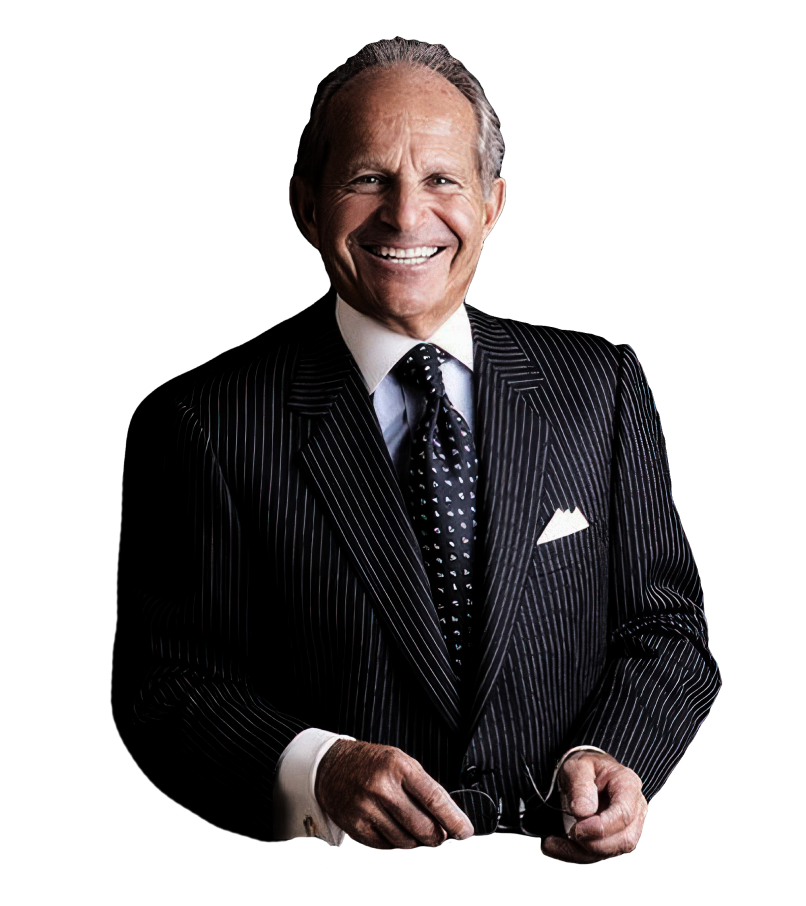Mini Facelift La Jolla
Take Years Off
Your Appearance
- QUAD A-certified onsite surgical center
- Board-certified, highly distinguished surgeon
- A gallery full of patient cases
- Voted “Best Plastic Surgeon in San Diego”

Trusted in La Jolla
Distinguished Surgeon
Dr. Robert Singer is certified by the American Board of Plastic Surgery. He has been on the review boards of two plastic surgery journals and lectures throughout the world. He has won numerous awards, including being voted “Best Plastic Surgeon in San Diego” by his peers.
Onsite Surgical Facility
Dr. Robert Singer operates out of our onsite facility that meets the highest safety standards established by QUAD A. Our facility is inspected on a regular basis.
Facelift Options
While we offer traditional facelifts, a mini facelift can be a better procedure for patients in their 30s–50s who show early signs of aging in their cheeks and neck and desire a less extensive surgery. We also offer a mid facelift to address signs of aging in the mid face region.

An Amazing Patient Transformation
This woman wanted to address the volume loss, sagging skin, and other signs of facial aging impacting her appearance. Dr. Singer performed a limited facelift combined with fat injections and a neck lift for a completely refreshed, yet natural, appearance.
Look Like You, Only Younger Request a Consultation at Our La Jolla Office Today
If you’ve started to notice drooping in your cheeks and neck, Dr. Singer can determine if you’re a candidate for a mini facelift to gently lift your features to a more youthful position. Patients throughout La Jolla and San Diego choose Prime Plastic Surgery Robert Singer, M.D. for their facial enhancements because:
- We feature a board-certified plastic surgeon and an accredited onsite surgical facility
- Our surgeon stays up to date on the latest techniques for safe procedures and stunning, yet natural results
- Our team educates patients throughout the process so they know what to expect at every stage
Ready to take the first step toward a refreshed appearance? Contact our La Jolla plastic surgery office today.

Dr Singer did an AMAZING job on my facelift. Couldn't be more pleased with the natural-looking results. The results are AMAZING as I look 10 years younger. This man is the best in his business. Period. He is also just a truly kind and caring individual — a real pleasure to work with. I highly recommend Dr. Singer and his full surgical team/office staff a million times.
Cathy
Finance Your Care
While Dr. Singer’s procedures are affordable on most budgets, we accept financing through CareCredit®, Alphaeon Credit, and PatientFi. These third-party lenders allow our La Jolla and San Diego patients to split the cost of their care into affordable installments.
Qualifying for a Mini Lift
Patients who qualify for a mini facelift include:
- Patients who are healthy enough to undergo surgery
- Patients looking for a natural, rejuvenated look instead of a dramatic change
- Those who are nonsmokers or willing to quit smoking long before and long after their procedure
- Younger patients under the age of 50 who have less pronounced sagging skin on the face and neck

“I had a great experience with Dr. Singer. I got exactly what I wanted. Followed all of his instructions and got great results. I sincerely recommend him. You won’t regret it. I’m glad Dr. Singer was so helpful and listened to what I wanted and worked with me.”
Damaris
A Comfortable Recovery
Recovery times vary from patient to patient, but in general, Dr. Singer will advise patients to:
Get Plenty of Rest
Take it easy in the days following your surgery. You should expect to take off from work for 7–10 days, or until you’re comfortable if you have a desk job. Don’t perform strenuous tasks or other activities that could raise your body temperature or blood pressure for three weeks.
Manage Your Pain
You will experience some bruising, swelling, and soreness for a few weeks, but Dr. Singer will provide you with pain medication to ease your discomfort. You can minimize bruising by using topical Arnica Montana 1–2 days before and after surgery.
Attend Follow-Up Appointments
After your mini facelift in La Jolla, CA, you will wear a soft head wrap around your head and under your chin to minimize swelling. You’ll also have to empty drains every night. The drains are typically removed in the office in one to two days, and the head wrap will be freshened or removed in three to five days. Some of your sutures will be removed a few days after surgery, and the remainder at about two weeks.
Make Lifestyle Changes
Dr. Singer will instruct you to sleep on your back for two weeks, elevating your upper body on two or three pillows. By keeping your head elevated above your heart, you can minimize swelling. Avoid alcohol and driving for five days after your surgery. You may wash your hair after the dressings are removed, but don’t use a hot hair dryer, electric rollers, curling irons, or hair coloring for four to six weeks. You can apply makeup once Dr. Singer removes your bandages, as long as you keep your makeup away from the incisions for two weeks.
Have Realistic Expectations
The results of your facelift can last 8–12 years, but gravity and the natural aging process will eventually cause more wrinkles and sagging skin. When you notice these signs of aging, you can explore other options with a plastic surgeon.
“Dr Singer and his staff are the very best! Dr Singer did my upper bleph 4 years ago and I am extremely pleased with the results. He is our go to doctor for fillers and Botox as well. We trust him completely!”
Christina









